Welcome to the Birds of New York Field Guide, your essential companion for exploring the state’s rich avian diversity. This comprehensive guide provides detailed descriptions, stunning photos, and expert insights to help birders of all levels identify and learn about New York’s bird species. Whether you’re a seasoned enthusiast or a beginner, this guide will enhance your bird-watching adventures across the Empire State’s diverse habitats.
1.1 Overview of New York’s Avian Diversity
New York boasts a vibrant array of birdlife, with over 500 documented species. From songbirds to raptors, the state’s diverse landscapes, including forests, wetlands, and urban parks, support a wide range of avian habitats; Migratory patterns and seasonal changes further enrich its bird population, making New York a fascinating destination for birdwatchers. This diversity highlights the state’s unique position as a crossroads for both resident and migratory species.
1.2 Importance of Field Guides for Birdwatching
Field guides are invaluable for birdwatching, offering precise species identification through crisp photos and expert insights. Tailored to New York’s avifauna, they eliminate irrelevant species, making birding efficient. These guides enhance the experience, providing tips for enthusiasts of all levels to spot and understand the birds they encounter in the state’s diverse habitats.
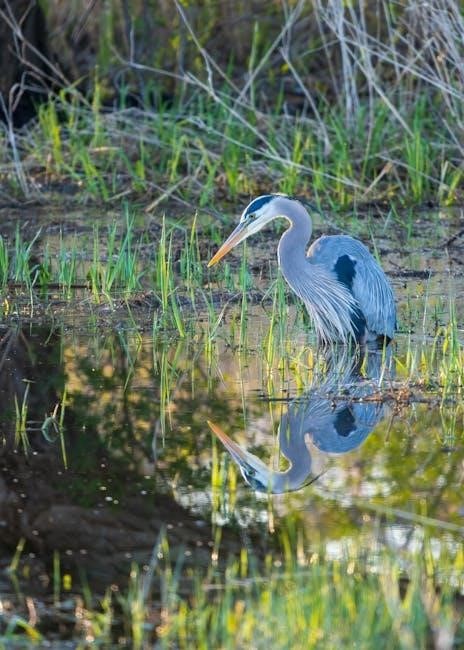
Key Bird Species in New York
New York is home to a diverse range of bird species, from vibrant songbirds to majestic raptors. This section highlights the state’s most notable birds, offering insights into their unique characteristics and habitats, helping birders identify and appreciate the avian richness of New York.
2.1 Northern Cardinal
The Northern Cardinal is a year-round resident in New York, known for its striking appearance. Males display vibrant red plumage with a black face mask, while females are pale brown with hints of red. Both sexes have distinctive crests and red-orange beaks. Cardinals frequent backyard feeders, particularly favoring sunflower seeds. Their presence adds a splash of color to any bird-watching experience in the state.
2.2 Tufted Titmouse
The Tufted Titmouse is a common visitor to New York backyards, recognizable by its silvery-gray plumage, white belly, and distinctive tuft of feathers on its head. It often visits seed feeders, favoring mixed blends and sunflower seeds. Known for their acrobatic feats, Titmice are a delightful sight, adding life and energy to any bird-watching experience throughout the year in New York.
2.3 Black-capped Chickadee
The Black-capped Chickadee, a year-round New York resident, is easily identified by its black cap, white cheeks, and black bib. These tiny birds are frequent visitors to seed feeders, enjoying mixed blends and sunflower seeds. Bold and curious, they often dart between feeders and cover, making them a constant source of delight for birdwatchers across the state.
2.4 Blue Jay
The Blue Jay is a striking and bold bird, recognizable by its bright blue plumage, black necklace-like ring, and distinctive crest. Year-round residents in New York, they frequent backyards and feeders, favoring platform and peanut feeders. Their loud, metallic calls often alert other birds to predators. Offer black sunflower seeds, mixed seeds, and peanuts to attract these vibrant visitors to your yard.
2.5 Eastern Bluebird
The Eastern Bluebird, New York’s state bird, captivates with its royal blue and rusty-orange hues. Commonly seen in backyards, they prefer open areas and are often sought after for nesting. While they don’t frequent seed feeders, they can be attracted with mealworms. Installing a bluebird-specific birdhouse can entice these charming birds to your yard, enhancing your bird-watching experience.
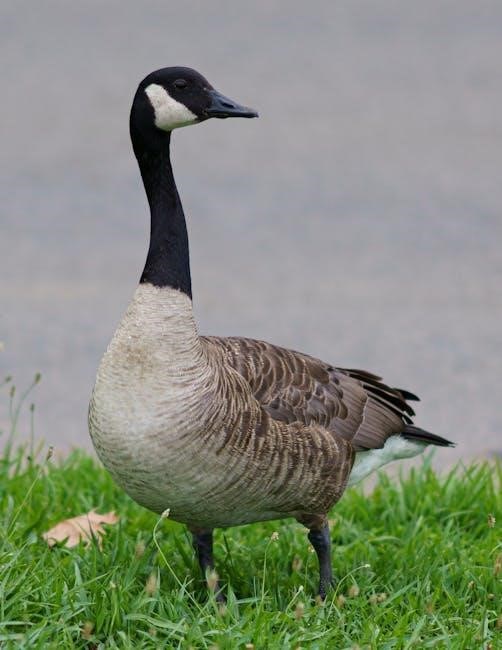
Bird Identification Tips
Identifying New York’s birds requires observing plumage, calls, and behavior. Use field guides to match sightings with species descriptions, ensuring accurate identification during your birding adventures.
3.1 Using Plumage and Coloration
Plumage and coloration are key tools for identifying birds. Notice distinct patterns, vibrant hues, and seasonal changes. For example, male Northern Cardinals display bright red feathers, while females are pale brown. Tufted Titmice have a gray crest, and Eastern Bluebirds showcase royal blue and orange tones. These visual cues help distinguish species and enhance your birding experience in New York’s diverse landscapes.
3;2 Recognizing Bird Calls and Songs
Recognizing bird calls and songs is a vital skill for effective birding. Each species has unique vocalizations, such as the Blue Jay’s loud, metallic “jay-jay” or the Eastern Bluebird’s melancholic, whistled song. Paying attention to these sounds helps identify birds, especially when they remain hidden in foliage. Listening to recordings and practicing in the field can refine your ability to distinguish species by their voices, enhancing your bird-watching experiences in New York’s diverse habitats.
Seasonal Birding in New York
New York’s birding landscape changes with the seasons, offering unique opportunities to observe migratory species, breeding birds, and winter residents. Each season brings diverse avian experiences.
4.1 Spring Migration
During spring migration, New York becomes a critical stopover for birds traveling north. Species like warblers, tanagers, and orioles pass through, while waterfowl and raptors take advantage of habitats refilled by spring rains. Central Park and the Hudson River Valley are hotspots, offering glimpses of rare and colorful birds as they refuel and continue their journeys to breeding grounds.
4.2 Summer Breeding Season
Summer in New York marks the peak breeding season for many bird species. Eastern Bluebirds, American Robins, and Mourning Doves are common sights, raising their young in nests across forests, wetlands, and backyard habitats. Warblers and tanagers add vibrant colors to the landscape. This period is ideal for spotting species like the Northern Cardinal and Tufted Titmouse as they actively forage for insects and fruits to feed their chicks.
4.3 Fall Migration
Fall migration in New York is a spectacular season, with thousands of birds passing through on their journey south. Species like warblers, sparrows, and raptors make their way through the state, stopping to refuel at key habitats such as wetlands, forests, and coastal areas. This period offers excellent opportunities to spot migrating birds, including those that breed farther north but winter in warmer climates.
4.4 Winter Residents
New York’s winter bird community includes hardy species that remain year-round, such as Black-capped Chickadees, Tufted Titmice, and Northern Cardinals. These birds adapt to colder conditions, relying on seed feeders and suet for survival. Species like Blue Jays and American Tree Sparrows also stay, while others, like Snow Buntings, visit from the Arctic. Winter offers a unique chance to observe these resilient birds thriving in snowy landscapes.
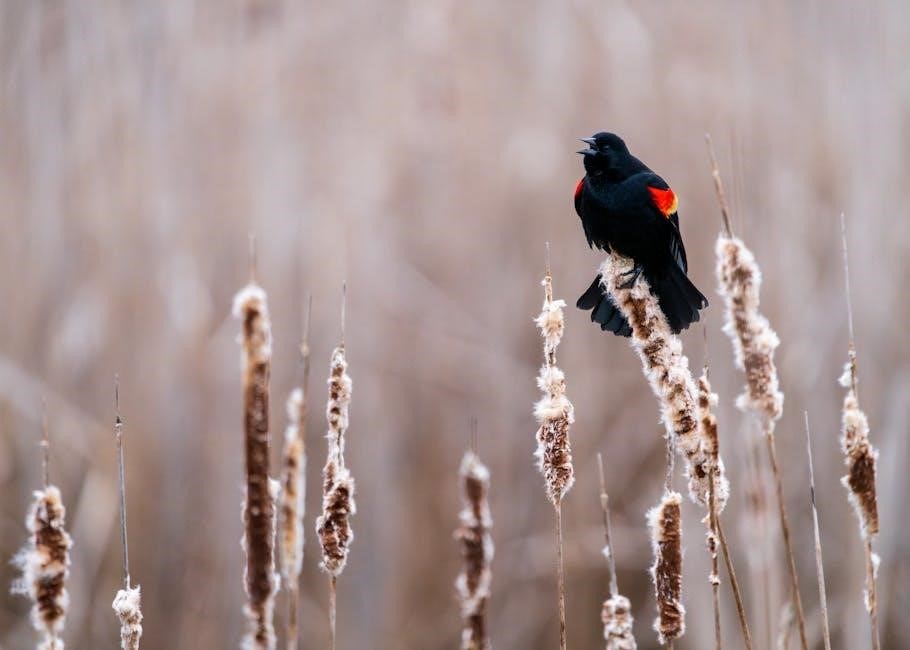
Birding Hotspots in New York
Central Park and the Hudson River Valley are among New York’s premier birding destinations, offering diverse habitats that attract a wide variety of bird species year-round.
5.1 Central Park
Central Park is a renowned birding hotspot, offering a tranquil oasis in Manhattan. Since 1887, birders have recorded over 280 species within its 843 acres. The park’s diverse habitats, including woodlands, lakes, and meadows, attract migratory and resident birds. Spring and fall migrations bring warblers, tanagers, and thrushes, while year-round residents like woodpeckers and sparrows thrive. Guided bird walks and seasonal events make it a must-visit for enthusiasts.
5.2 Hudson River Valley
The Hudson River Valley is a birding hotspot, offering diverse habitats that attract a wide variety of species. Its wetlands, forests, and open fields are home to Bald Eagles, herons, and migratory waterfowl. The region’s strategic location along the Atlantic Flyway makes it a critical stopover for warblers, raptors, and songbirds. Nature reserves and parks provide excellent access for spotting these avian treasures year-round.
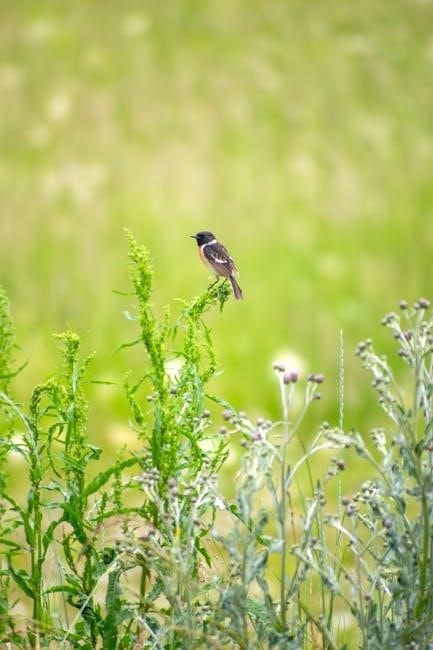
Tips for Attracting Birds to Your Yard
Create a beautiful bird-friendly habitat by installing various feeders and planting native vegetation. This attracts diverse species and enhances your enjoyable birdwatching experience year-round.
6.1 Choosing the Right Bird Feeders
Selecting the right bird feeders is crucial for attracting diverse species. Opt for feeders that cater to specific birds, such as hopper feeders for seed-eating birds like cardinals and sparrows, or platform feeders for larger birds like blue jays. Tube feeders are ideal for smaller birds, while thistle feeders attract finches. Ensure feeders are easy to clean and place them near windows for optimal viewing. Offering black sunflower seeds or suet can further entice a variety of species.
6.2 Planting Native Vegetation
Planting native vegetation is a powerful way to attract birds to your yard. Native plants provide berries, seeds, and insects, essential for bird survival. Incorporate shrubs like dogwood or hawthorn, which offer berries, and native grasses that provide nesting material. Flowers with nectar, such as coneflowers, attract hummingbirds and butterflies, creating a welcoming habitat for diverse bird species. This approach supports local ecosystems and enhances bird diversity year-round.
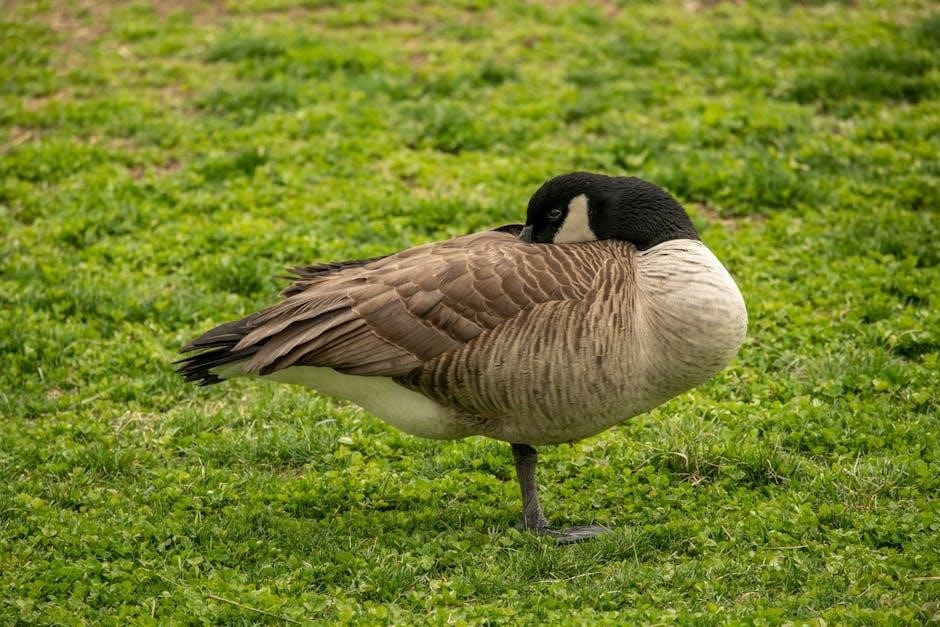
Capturing Birds in Photography
Capturing birds in photography requires patience, timing, and the right equipment. Use a telephoto lens for crisp, detailed images, and shoot during golden hour for optimal lighting. Observe bird behavior to anticipate actions, ensuring memorable shots of New York’s avian treasures in their natural habitats.
7.1 Best Practices for Bird Photography
For captivating bird photography, patience and the right equipment are key. Use a telephoto lens (200mm+) to capture detailed shots without disturbing birds. Shoot during golden hour for soft, warm lighting. Anticipate behavior, like flight or foraging, to freeze memorable moments. Use bird feeders or natural habitats to attract subjects. Keep a low profile and move slowly to avoid startling birds. Respect their space to ensure ethical, stress-free photography sessions.
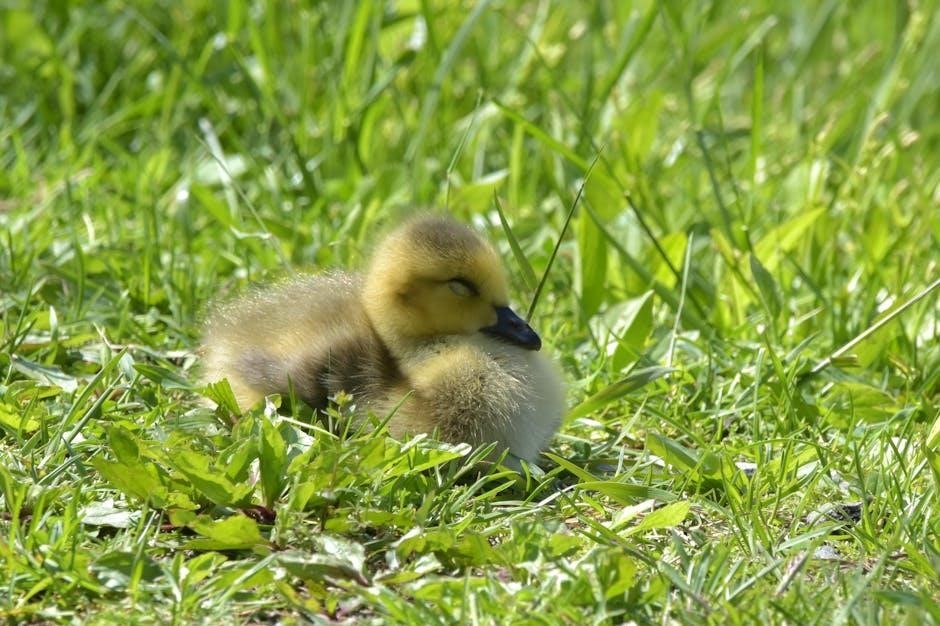
Conservation Efforts in New York
New York’s conservation efforts focus on protecting habitats, reducing pollution, and promoting sustainable practices to safeguard bird populations. These initiatives ensure thriving avian biodiversity across the state.
8.1 Protecting Habitats
Protecting habitats is crucial for maintaining New York’s avian diversity. Conservation efforts focus on preserving wetlands, forests, and grasslands, which are vital for nesting and feeding. Initiatives include restoring natural areas, controlling invasive species, and creating wildlife corridors. These measures ensure that birds have safe environments to thrive, supporting both migratory and resident species throughout the state.
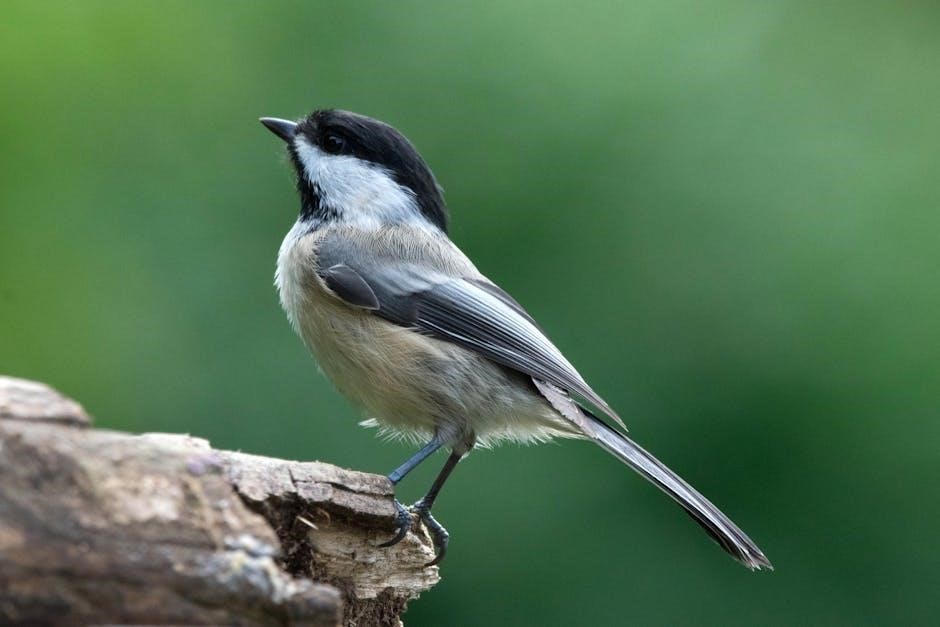
Birding Events and Festivals
Birding events and festivals in New York celebrate the state’s avian richness, offering guided tours, workshops, and opportunities to connect with fellow enthusiasts. These events highlight seasonal migrations and rare species, fostering a deeper appreciation for bird conservation and education.
9.1 Annual Birding Festivals
New York hosts annual birding festivals that attract enthusiasts nationwide. These events feature expert-led tours, workshops, and exhibits showcasing local and migratory species. Festivals often coincide with peak migration seasons, offering unique opportunities to spot rare birds. They also emphasize conservation efforts and provide platforms for networking among birders, photographers, and nature lovers, fostering a sense of community and shared passion for avian diversity.
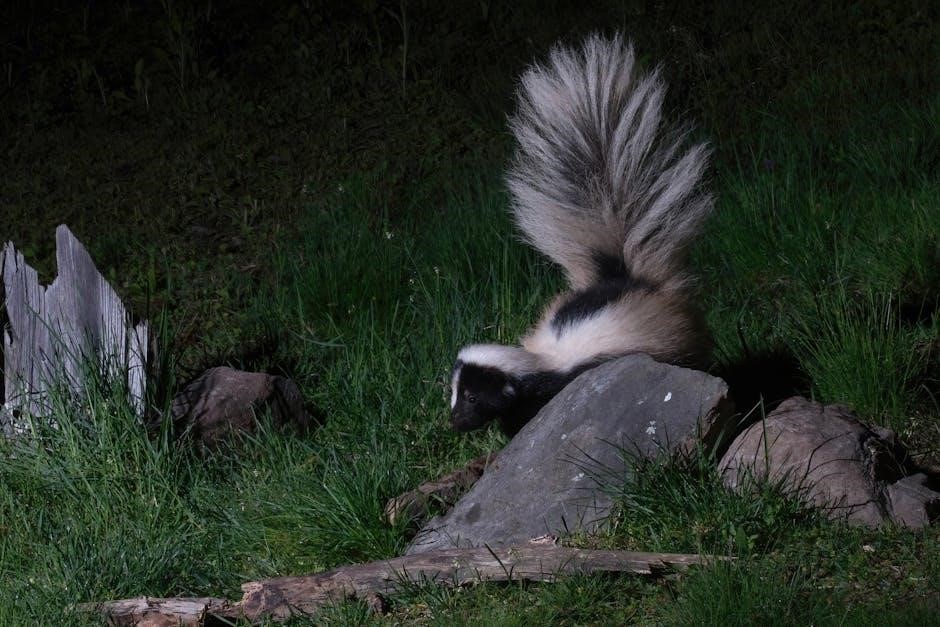
Resources for Birdwatchers
Discover essential resources for birdwatchers, including detailed field guides, online checklists, and photography tips. These tools help enthusiasts identify species, track sightings, and enhance their birding experiences effectively.
10.1 Recommended Field Guides
Stan Tekielas Birds of New York Field Guide is a top choice, featuring 120 species organized by color for easy identification. The official New York State Avian Records Committee checklist includes 514 documented species, ensuring accuracy. These guides, along with online resources, provide essential tools for birders to identify and track species effectively, enhancing their bird-watching experiences across the state.
The Birds of New York Field Guide offers a comprehensive exploration of the state’s avian diversity, providing detailed insights and stunning visuals to enhance your birding adventures across New York.
11.1 Final Thoughts on Birding in New York
Birding in New York is a rewarding experience, with its diverse landscapes and seasonal migrations offering something for every enthusiast. From vibrant songbirds to majestic raptors, the state’s avian richness is unparalleled. With tools like the Birds of New York Field Guide, birders can deepen their connection to nature, capturing stunning moments through photography and fostering a lifelong passion for conservation and exploration.